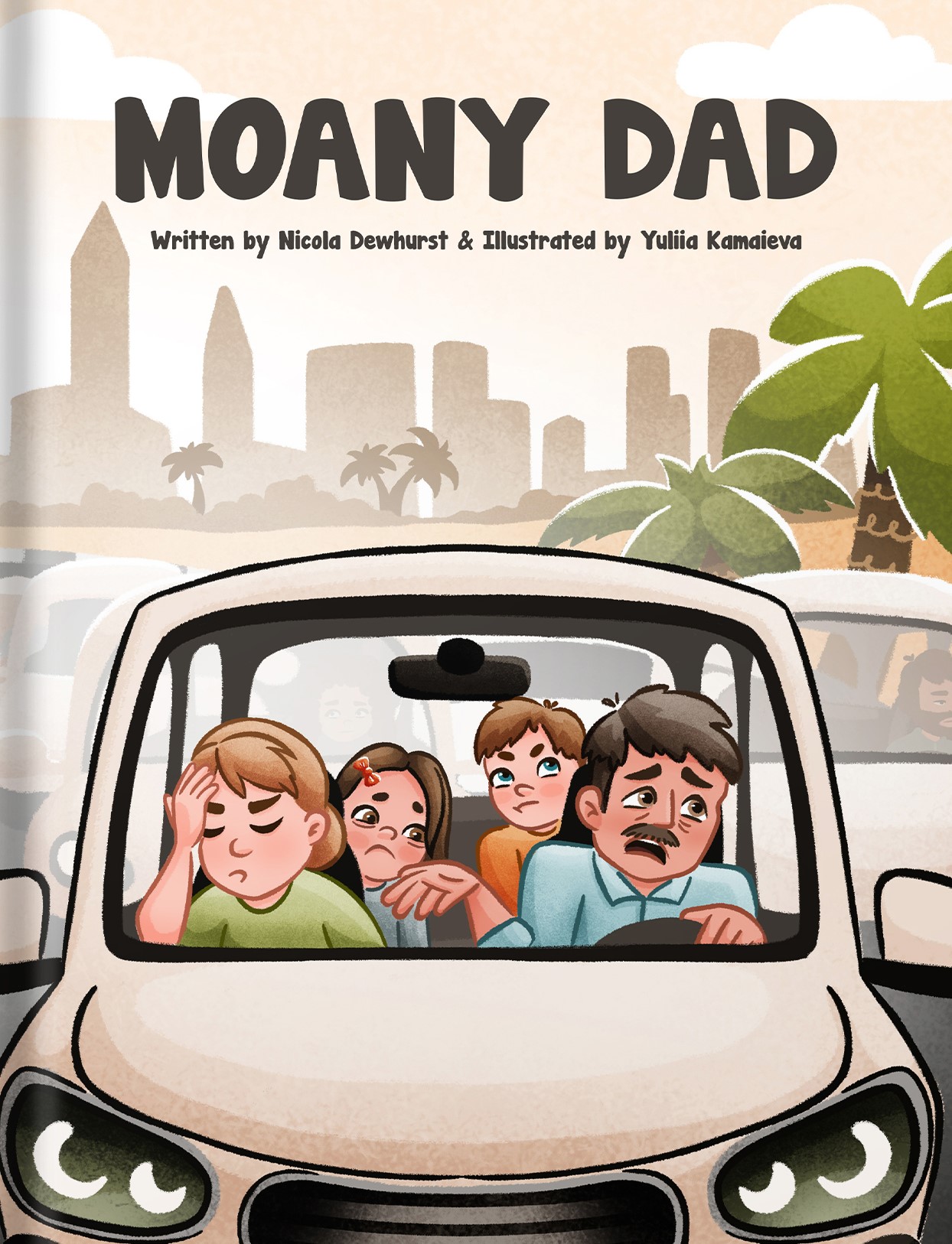
How to Write a Short Story
Writing is something which comes within. A person having remarkable enthusiasm and zeal towards writing can only adapt to it. If you don’t feel intrigued about writing, it is impossible to build yourself as a writer. Even people with the gigantic craze of writing often suffer in putting their views to words. Amidst of jumbled thoughts, struggling to find the perfect expression, catastrophe to meet the divine standards, an author often finds creating a piece of art an overwhelming and substantial undertaking. If you have a story to tell but you feel inundated in accomplishing the task of writing it down, there might be a very few simple points you are not considering well enough. Here are some tips to get started as a story writer.
1. Be a Reader
To write a short story, you need to have a clear perspective of how a short story is projected. Reading short stories automatically plants ideas and themes in your mind. Reading gives you inspiration. You can only identify your own comfortable way of expression once you have explored stories from other writers adequately. Once you have decided to pen down your short story, read a few short stories and analyze the ups and downs in them critically, even if you have read hundreds and thousands of short stories previously. This helps you develop your mind to proceed as a writer and builds motivation.

2. Create Plot & Brainstorm
Develop a clear plot for your story in your mind. Since in short stories you cannot prolong the context, therefore, you need to be explicit and vigilant about your plot. There can be no predetermined moment to feel inspired, it can happen anytime so take notes of your surroundings and always keep yourself updated. Brainstorm for the development of various characters of the plot into meaningful and evocative part of the story. Broaden your horizon and think out of the box.

3. Decide Narrator of the Story
This is the most crucial part of writing a story. You need to decide the best possible way to express your story to your readers to grip their attention and concentration throughout. Narrating can be done in two ways; First person perspective in which a character describes the scenarios of the tale and third person perspective in which the chronicle is revealed by the writer. Being smooth and clear in the viewpoint of narrating the story makes it easier for the reader to comprehend it.
4. Generate Drama & Spice
An exceptionally well-generated content keeps the reader’s attention towards the story. As the plot and characters are unrevealed in the story with striking, interesting and intriguing turn of phrase, the readers feel hooked to the plot. The tragedies, happy incidents, ups and downs, drama, spice and the element of surprise keep the spirit of the story alive.
5. Make a Rough Draft
Write an initial draft of your story and try to complete your first draft in one sitting, this helps in bringing all your preliminary ideas into words. Writing a rough draft tremendously facilitates in improving your story. You can improvise your plot and can even decide to alter a few main characters if you read and re-read your piece of art. While writing a short story, you need to realize that there is a vast difference in a novel and a short story. Keep your sentences short, simple and precise. Keep a rapid pace to reveal the story, prolonging results in the loss of interest from the readers.
6. Amend & Alter
After you have completed your story, read it again and put it back for some time. Take it out and read again. You can always come up with new ideas and alterations. Edit your story like a pro. Ask a decent number of people to comprehend and criticize your story. Make the necessary amendments and take a deep breath your short story is ready.



